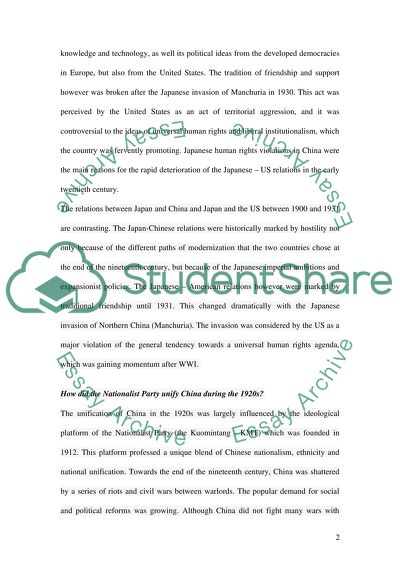Cite this document
(“Questions on Asian History Essay Example | Topics and Well Written Essays - 1500 words”, n.d.)
Retrieved from https://studentshare.org/history/1432856-answer-the-questions-attached
Retrieved from https://studentshare.org/history/1432856-answer-the-questions-attached
(Questions on Asian History Essay Example | Topics and Well Written Essays - 1500 Words)
https://studentshare.org/history/1432856-answer-the-questions-attached.
https://studentshare.org/history/1432856-answer-the-questions-attached.
“Questions on Asian History Essay Example | Topics and Well Written Essays - 1500 Words”, n.d. https://studentshare.org/history/1432856-answer-the-questions-attached.


